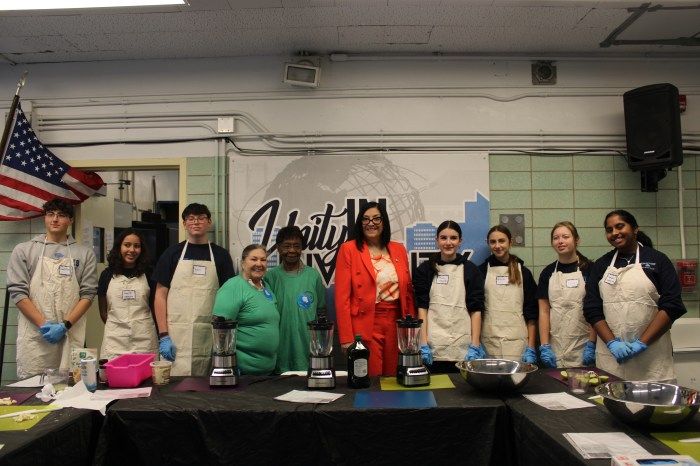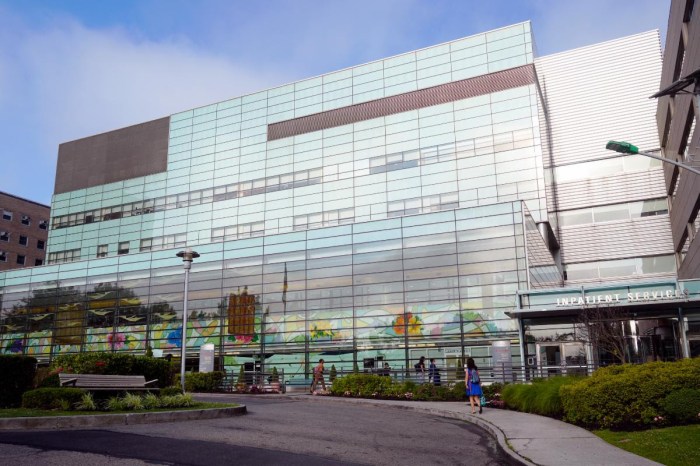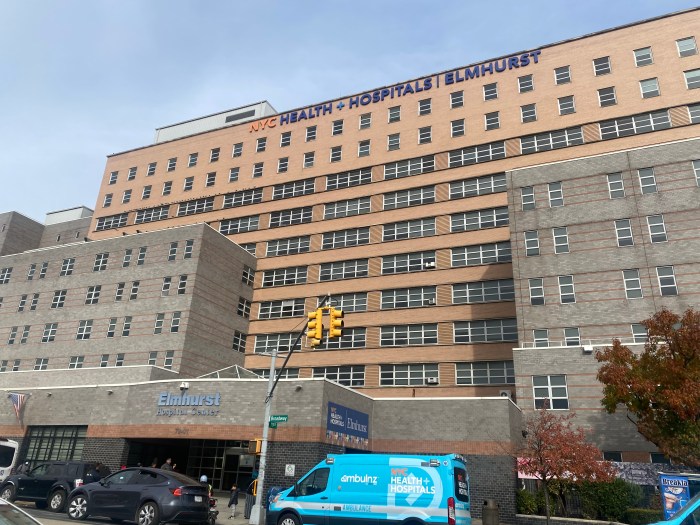A brother and sister are giving new meaning to the saying, “all in the family.”
Justine and Michael Miano are close siblings who share more than a great sense of humor and outgoing personalities. They both had operations on the same day at the Hospital for Special Surgery (HSS) in Manhattan to repair similar hip problems that caused pain and limited their activities for years.
However, the Long Island siblings had gone misdiagnosed for years.
Sixteen year-old Justine Miano and her 21-year-old brother Michael suffered from hip pain for as long as they could remember. When they were children, their pediatrician dismissed it as “growing pains.”
Nevertheless, as they got older, it did not go away, and certain activities made it worse. “Some doctors diagnosed their problem as a muscle strain,” says their mother, Regina Miano. “They told me to leave it alone.”
Mrs. Miano says she wishes she knew years ago what she learned from Dr. Robert Buly, an orthopedic surgeon specializing in conditions affecting the hip at HSS. “It is not uncommon for doctors to misdiagnose such problems in children as ‘growing pains’,” said Dr. Buly.
“It’s important that any young person with persistent hip pain be properly diagnosed and treated. Left untreated, certain conditions can lead to early arthritis and necessitate a total hip replacement.”
It turns out Justine and Michael both suffered from a condition called “hip impingement,” a mechanical disorder of the hip that tends to run in families. The Mianos were relieved to finally have a diagnosis, even though surgery would be needed.
“Ever since I was young I had hip pain,” Justine says. “It was mostly groin pain. Sometimes it was excruciating, and I had trouble walking.”
Her brother Michael, who was always active in sports, had similar pain. “I had the pain for as long as I can remember,” he says. “But I got so used to it that I stopped complaining.”
By the time Michael was in his second year of college, it was getting bad, especially after playing lacrosse or another favorite sport. “I felt this extreme soreness. It was an immense dull pain in my core. Worse than a pulled muscle. I had flare-ups, and it was painful to walk after certain activities.”
In 2006, Michael and his mother decided they had to get to the bottom of it. They consulted with a Long Island orthopedic surgeon who had an idea of what was causing Michael’s pain. He recommended that the Mianos see Dr. Buly at HSS.
Dr. Buly recommended Michael and Justine get special ultra-high-resolution MRIs and 3-dimensional CT scans at HSS. These diagnostic imaging tools, which show more detail than standard MRIs and CT scans, enabled Dr. Buly to pinpoint the problem and provide a clear diagnosis.
“The goal of the operations was to relieve their pain and allow them to gain normal functioning of their hip joint,” Dr. Buly said. “Another important goal of the surgery was to preserve the hip as long as possible, thus avoiding a hip replacement at a young age.”
The hip is a ball-and-socket joint: the ball-shaped head of the femur (thigh) bone fits inside a cup-shaped socket in the pelvis. In a healthy hip joint, the ball rotates freely in the cup, allowing for smooth movement and stability. Cartilage, a protective tissue, lines the bones and limits friction between the surfaces during movement.
Impingement results when the joint is not operating properly. Due to an anatomical abnormality, normal hip motion is blocked or restricted. This causes damage to the rim of the socket and the cartilage, and can lead to hip arthritis at a young age. In the case of the Mianos, the condition caused pain, instability and torn cartilage in their hips.
The Mianos had surgery on the same day at HSS and were in private rooms next door to each other. The operations entailed reshaping and repositioning the femur bone to restore a more normal anatomy. Dr. Buly was able to perform minimally invasive surgery, making small incisions.
The Mianos spent four days in the hospital, followed by physical therapy. Michael went back to college within two weeks and was soon able to resume bike riding, swimming and walking for exercise. He continues to improve and looks forward to getting back to other sports. Justine, who had a more extensive operation, is also making good progress and has an excellent prognosis, according to Dr. Buly.
Michael and Justine will likely need surgery on their other hip later. For now, Mrs. Miano is just relieved her children will be able to enjoy life pain-free. “I only wish more doctors recognized these hip problems in young people and didn’t dismiss them as growing pains,” she says. Anyone who would like more information is invited to visit www.hss.edu/longisland or call 866-606-6888.


































